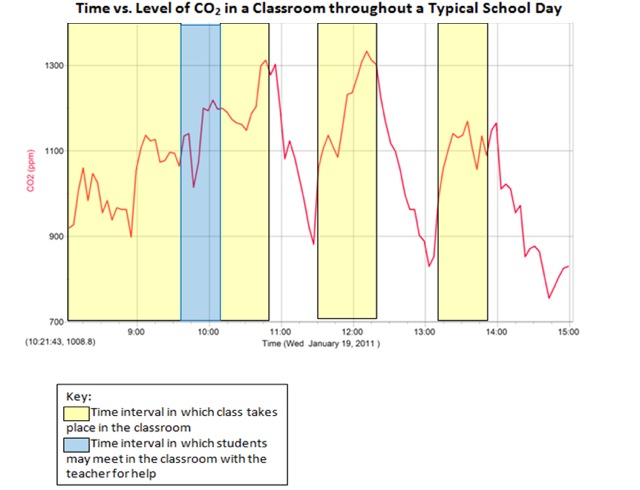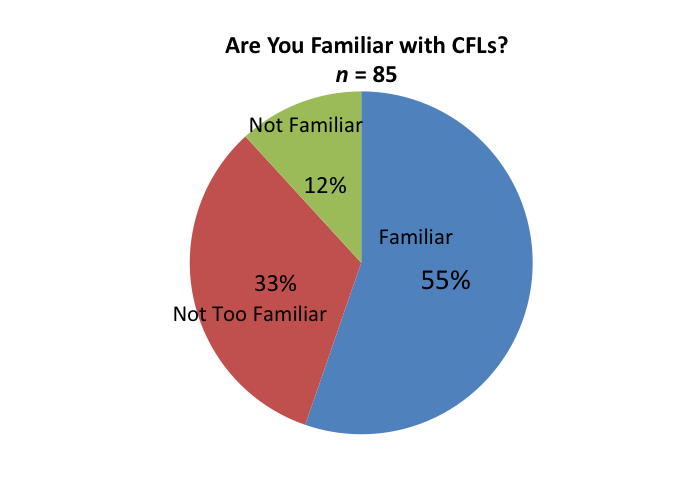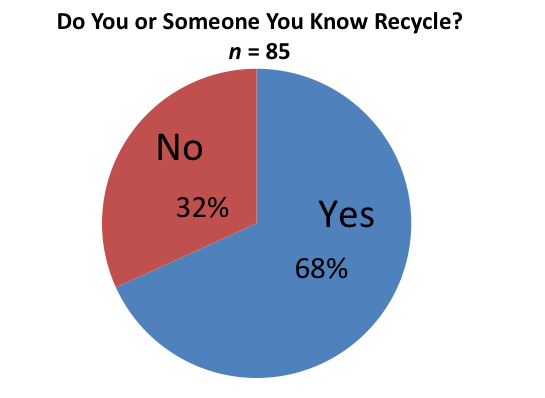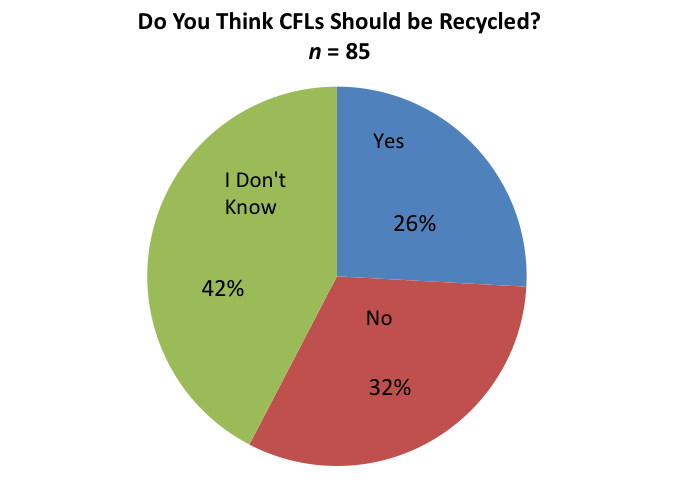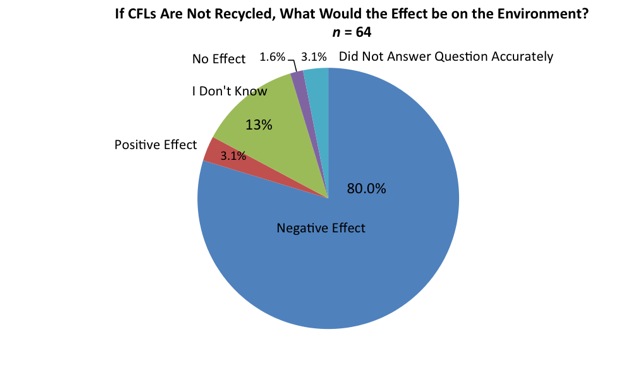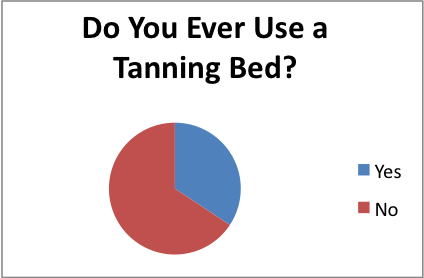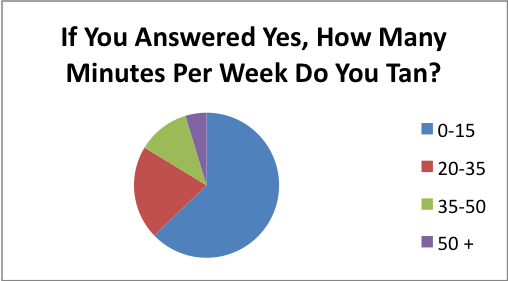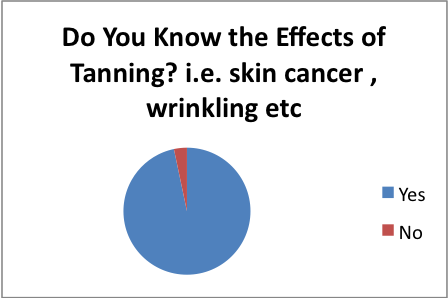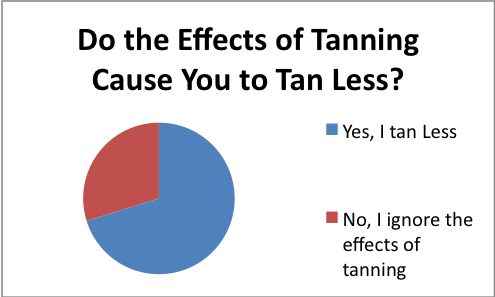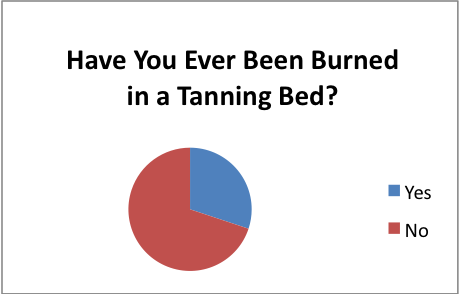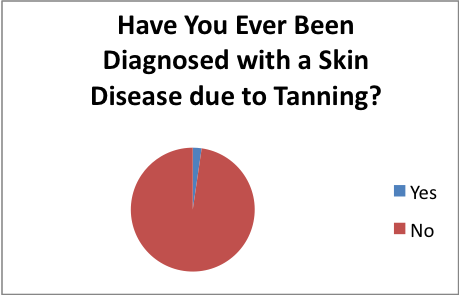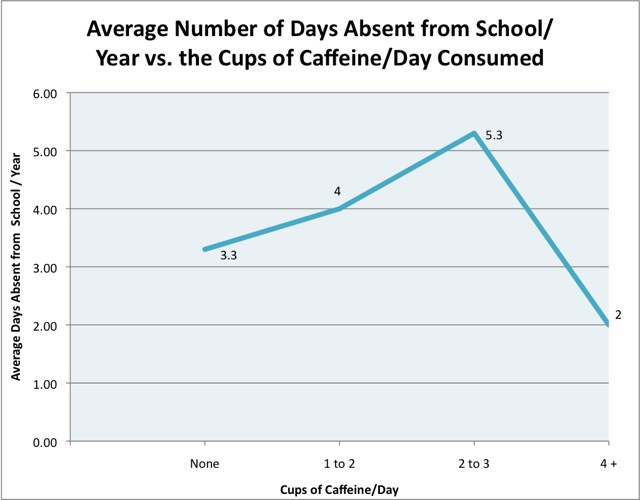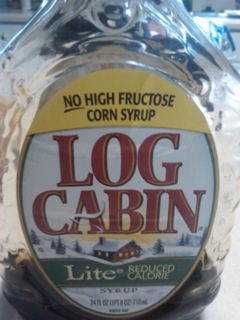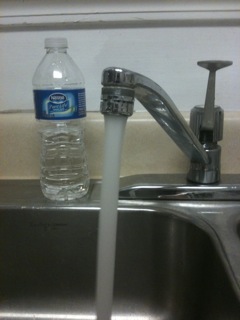In March of 2011, the World Health Organization reported that two-thirds of the United States population is overweight. America likes its food. Additionally, the population of America is continuing to double every 50 years. On the other hand, according to the US Census and the Department of Agriculture (USDA), farmland is decreasing by about four million acres a year. As we cram more and more people onto 2.3 billion acres of American soil, we are feeding them on less than a fourth of that land; a number which has been consistently decreasing over the years. In the past eight years, Missouri alone has experienced a decrease of about a million acres of farmland. With a growing, ever-hungry population and a decrease in farmland, how will we continue to consume so much?
According to the estimated 2010 US Census, there are approximately 300 million people living in the United States, 6 million in Missouri. This is almost a 7% increase in the population size over 30 years. We are currently feeding our country, the third largest in the world, on 920 million acres of land, which is about 40% of the nation. Although this may seem like a lot, it is almost 140 million acres less than 35 years ago, according to the US Census data.
At the same time, we are eating more. The Missouri Department of Agriculture reported that over the past 30 years, our fish and shellfish consumption increased 3.9 lbs per capita, dairy intake by 64 lbs, flour and cereal products by 52 lbs and sugar intake by 16.2 lbs. And those are just a few of the major food commodities that have increased in consumption.
In 2010, the Missouri Farmers Alliance published that on one acre of land an average Missouri corn farmer can grow roughly 183 bushels of corn. A dry bushel of corn weighs roughly 56 lbs. Yet, it takes about 35.7 bushels of corn to feed a family of 6 for a year, which equates to about 11 acres of corn; that’s almost 2 acres per person per year. Multiply that by 6 million, and that’s 10,928,400 acres—an area about the size of New Jersey and New Hampshire put together—just to feed the inhabitants of Missouri.
Although we don’t eat corn every day for a year, it, like other staple crops, is used to feed livestock, provide alternative energy, and as a dry ingredient in other foods. Monsanto, a Missouri-based agricultural company, predicts that if we don’t improve crop yields, we may need 300 million more acres nationwide to sustain the demand of the growing population by 2030. As farm land depletes and the population grows, it’s harder and harder to find space to grow all the crops that Missourian’s, and the entire global population, need.
The USDA claims that in the past 30 years Missouri cultivated land decreased from 28% to 26%, and depleted land became homes as urban areas spread throughout the state. The Missouri Department of Agriculture and Monsanto both have reported that we are now using only a quarter of the total land in Missouri to provide for its inhabitants, the rest is used to house Missouri’s 6 million populace, their work spaces, recreational parks, and government buildings. As farmland depletes and the population grows, it’s harder and harder to find space to grow all the crops that Missourians need.
In response to this shortage, the US has had to increase its imports of produce from other countries around the world, mainly Mexico, Costa Rica, Peru, and Chile. The USDA, and U.S. Department of Commerce show that in just one year, from 2009 to 2010, imports of fresh and frozen fruits increased by $834 million and fresh and frozen vegetables by $1,032 million.
Some researchers from Monsanto claim to have found some ways to compensate for lost land. Through advanced breeding and biotechnology, Monsanto has been able to successfully breed seeds that use less water and nutrients to grow, meaning they can grow more on less land.
“Corn is probably the best example of yield-related innovation for Monsanto products,” writes Jacqueline Weiss, a Scientific Applications Specialist from Monsanto, in an email. “The company is trying to do more with less—so there is still an emphasis on yield, but also on multiple disease resistant plants that are also drought tolerant and require less nitrogen input. Think of the product pipeline in two parts: one which develops superior yielding corn and one which develops sources of disease and pest resistance, etc. which come together to produce products for market.”
A Missouri Corn Farmer from Kansas City who serves as a representative of the Missouri Corn Growers Association and uses these innovations, Rob Korff, states that “with technology and engineering, we have more capacity today to harvest a crop in a more timely fashion, and do it in a more efficient use per acre.”
“My personal opinion is that we will be able to meet the challenge of feeding the growing population. It’s always easier to solve a problem you’ve identified early,” writes Weiss. “I like [Harvard University biologist] E.O. Wilson’s view on this topic in The Future of Life, which is a few years old but still relevant. He basically states that humans have always found a way to produce enough food for a population to survive. There are famines, obviously, but they are almost always the result of poor distribution, not lack of enough food overall. While I do support the local/organic food movement, I think that the problem cannot be solved this way, especially not on a global scale. Innovation is needed, which is one of the reasons why I work for this company. Conventional breeding alone has led to a remarkable increase in yield up to the ‘molecular era’, but the addition of transgenic traits will take us to the next level by 2030.”

This work is licensed under a Creative Commons Attribution-NonCommercial-NoDerivs 3.0 Unported License
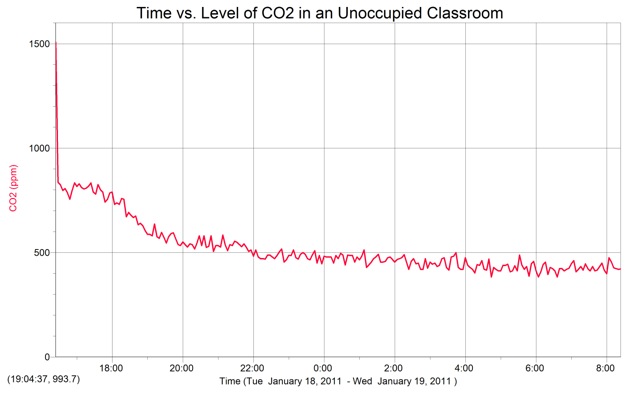 Researchers believe that high levels of CO2 in the classroom as a result of poor ventilation in schools can cause students to become drowsy. The data illustrated in these two graphs was gathered from a classroom with a volume of 10, 764 ft3 using a Logger Pro carbon dioxide sensor. The CO2 sensor was plugged into a laptop and left in the classroom for a given period of time to consistently record the amount of carbon dioxide in parts per millions.
Researchers believe that high levels of CO2 in the classroom as a result of poor ventilation in schools can cause students to become drowsy. The data illustrated in these two graphs was gathered from a classroom with a volume of 10, 764 ft3 using a Logger Pro carbon dioxide sensor. The CO2 sensor was plugged into a laptop and left in the classroom for a given period of time to consistently record the amount of carbon dioxide in parts per millions.